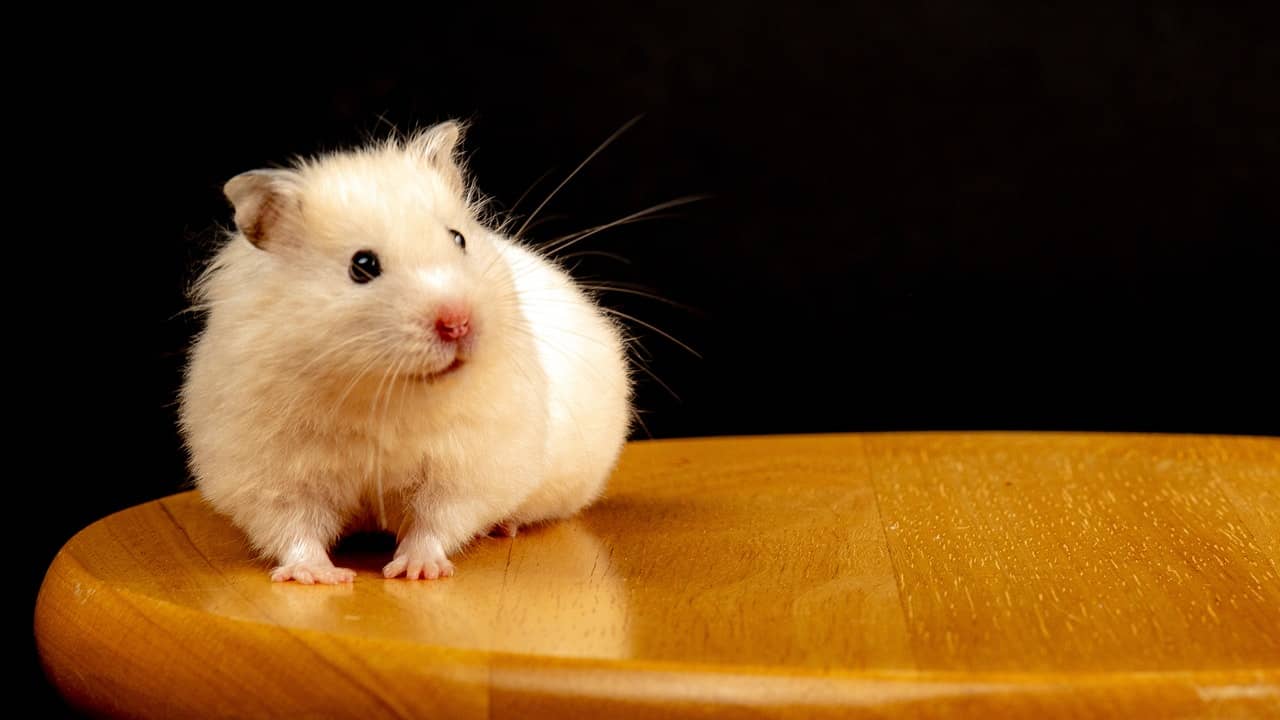4 Things To Know As A New Hamster Owner
Owning a pet can be a wonderful experience, but it does come with serious responsibilities. It can be a challenge to be a responsible pet owner while also juggling your work, family, and other social responsibilities. This could be the reason why smaller animals have surged in popularity, with 6.2 million American households keeping them as pets as of 2022.

Of the small animals typically kept as pets, hamsters are perhaps the most popular, as they make up 27% of all pet-owning households in the US. This popularity of smaller animals, particularly hamsters, is quite understandable, especially since they are relatively easier to take care of compared to more traditional pets such as dogs or cats. If you are a new hamster owner or if you are interested in having one as a pet, here are some simple tips on how you can take care of it, and you will get to know how to be a good hamster owner.
1. A Hamster’s Home
First things first, even before bringing your hamster home with you, you need to make sure that it has a good place or habitat to live in. This is your first step in becoming a responsible small pet owner. When setting up your hamster’s cage, you first have to consider the amount of space you would need. Even though hamsters are small, they require plenty of space for them to burrow, dig, or run around. Ideally, a hamster’s cage should be at least 450 square inches as this gives them sufficient space to explore.
Apart from giving your hamster plenty of space to move around, you also need to provide them with bedding, which would act like the cage’s carpet. Typically, this is made up of sawdust, as it is cheap as well as absorbent. This material also provides warmth and is easy for your hamster to burrow in. Once these two most basic components of your hamster’s cage are ready, you can then move on to accessories, such as the food bowl and water bottle, the wheel that would help give them exercise and chew sticks to help them keep their ever-growing teeth in check. Once these are done and you’re ready to place your hamster into its new home, cover the habitat with a light cloth for the first few days to help your new pet acclimate to its new environment.
2. Grooming Your Pet Hamster
One of the things that make hamsters low-maintenance pets is that they are naturally clean and tidy. In fact, one of the habits that you will first notice when observing them is grooming, which they spend 20% of their time doing. This being said, bathing your hamster with water is not a very good idea as water can remove vital protective oils that coat your hamster’s fur. What you can do, however, is to provide them with a dust bath. You can use chinchilla dust for this purpose, and all you need to do is to put it in a sturdy container that is big enough for your hamster to get in and out of.
However, despite their natural cleanliness, there are instances when you do have to ask, “Why does my hamster stink?” There can be several reasons for this bad smell. One of the most common reasons that your hamster has a bed smell is that its cage is dirty. Remember that it is not unusual for a pet to smell like the place it lives in, so it is necessary for their cages to be regularly cleaned. Scoop out dirty bedding every day and change out all of the bedding in the hamster’s habitat once a week. Meanwhile, if your hamster’s cage is clean and they still smell bad, or if you notice a dip in their grooming habits, such as when they don’t groom themselves at all in 24 hours, then a trip to the vet may be necessary as this can be indicative of a more serious health issue.
3. Feeding Your Pet Hamster
Raising a healthy pet hamster entails making sure that they have a healthy diet. A hamster’s usual diet can include a mix of pellets, seed mixes, fresh food, and the occasional treat. However, with the assortment of pet food that is available in pet shops, deciding what to buy for your own hamster can be overwhelming. As a general rule of thumb, however, all you need to know is that pelleted food should take up most of their diet, making up ¾ of their bowl and refreshed daily. You might also want to give them a few leafy greens every day, and then fruits and treats such as grass or hay twice a week.
There are precautions that you should also take when feeding your pet. For instance, there are some kinds of food that you should not include in your hamster’s diet as they are not able to digest these properly. This food can include apple seeds, raw beans, raw potatoes, almonds, citrus fruit, garlic, onion, and rhubarb leaves, or raw rhubarb. Of course, it also follows that you should not provide your pet hamster any kind of unhealthy food, including sugary or salty food. As long as you give your pet hamster the right kind of diet, you’ll be sure that they stay healthy.
4. Handle with Care
Aside from providing your hamster with a clean place to live and a healthy diet, you also need to make sure they get plenty of exercises. Give them an exercise wheel, or you can also use a hamster ball that your pet can run inside of. However, do not leave your hamster unattended if they are playing with a hamster ball as it is possible that they can get stuck inside of it. If your pet hamster is comfortable being picked up, it is also ideal to give them some exercise time outside of their habitat at least once a week. This will allow you to bond with your pet hamster, and they will learn to associate your scent and your voice with comfort and safety.
Finally, it is also important to take your pet hamster for a vet visit every once in a while, making sure that you are working with a vet who is experienced in handling small animals. Schedule an initial check-up when you first bring your pet hamster home to make sure they are healthy and that there are no serious conditions that should be addressed immediately. After that, normally, your pet hamster would only need to go to the vet for their annual check-up. However, concerning changes in their health and behavior do require immediate vet attention. For example, if your hamster has cloudy or sunken eyes, some discharge from their eyes, nose, or mouth, as well as bare patches on their fur, or if they are wheezing or sneezing and are not eating, drinking, or grooming normally, it may be time for a check-up.
Overall, taking care of a pet hamster is simple. As mentioned earlier, hamsters, like other small-animal pets, are low maintenance. As long as you give them a clean and spacious place to live in and keep them well-fed and hydrated, you are pretty much all set to enjoy your time with your little furball.



